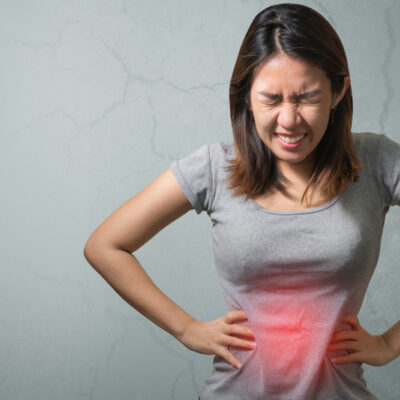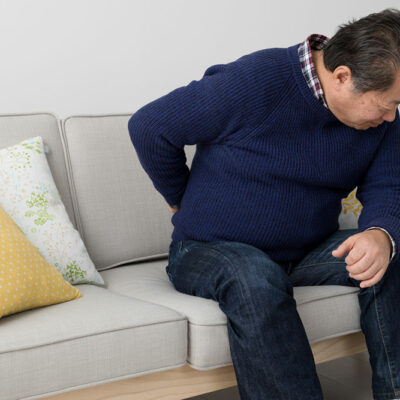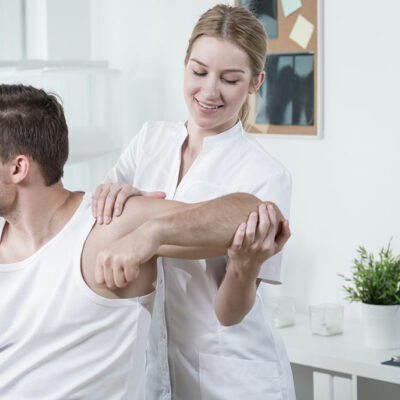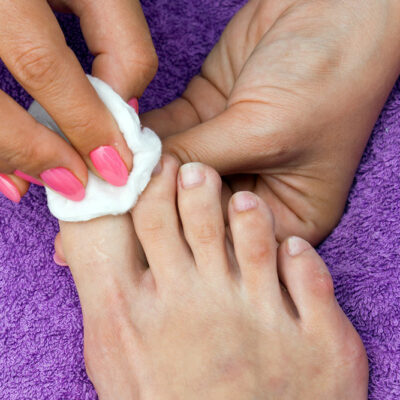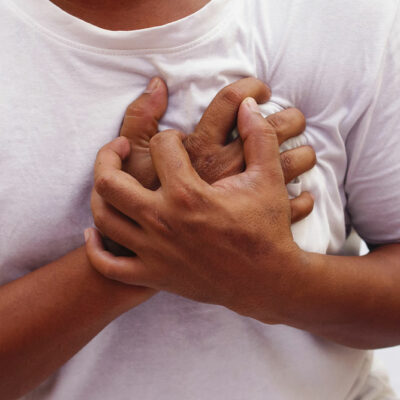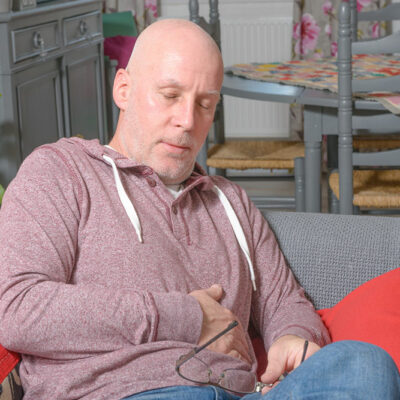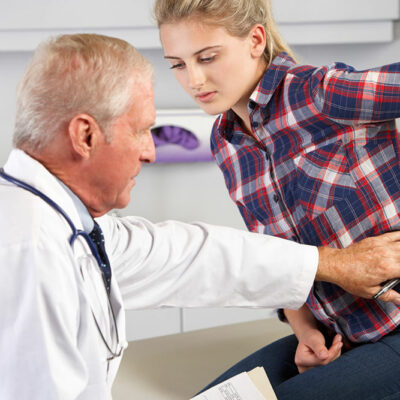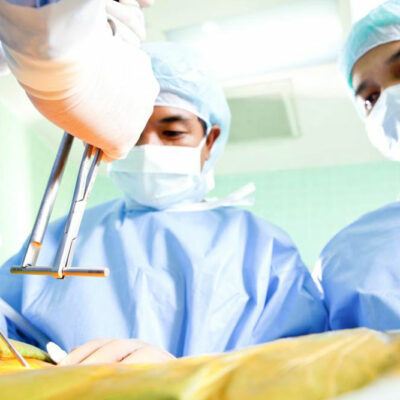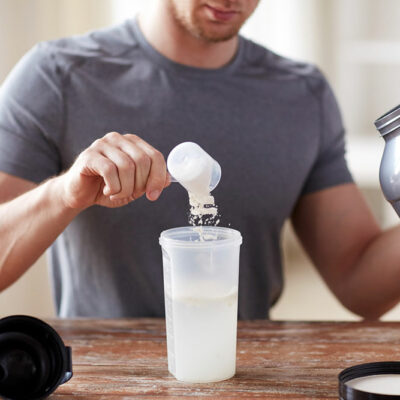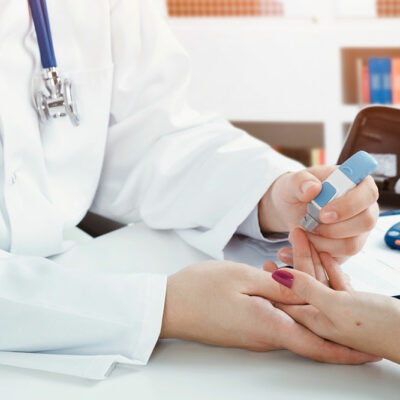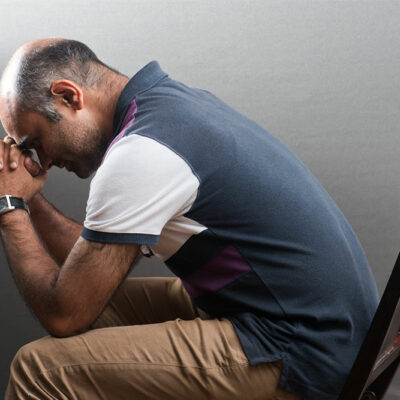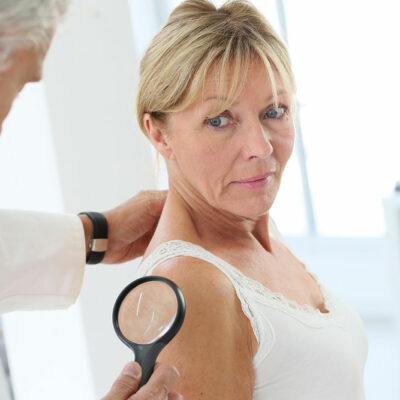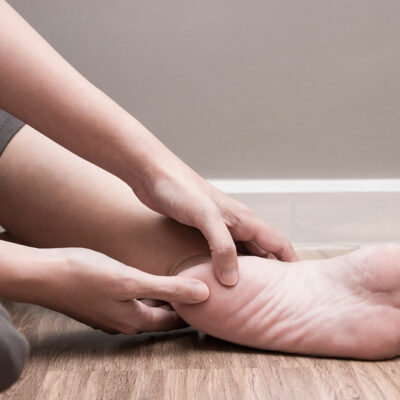
Causes & Risk Factors
Burning Pain in Feet – Causes and Treatments
A burning sensation in your feet can have many causes like diabetic neuropathy, athlete’s foot, alcohol use, and so on. Identifying the cause is vital for focused medical treatments. Besides this, you can also try several home remedies. What causes a burning sensation in the feet? Many diseases and infections can cause burning pain in your feet. Diabetic neuropathy: If you have diabetes, gradually, your nerves can get damaged. This nerve damage starts in the feet. Damaged nerves may send incorrect signals to the brain, inducing pain sensations even when there is no wound or another injury. Heavy alcohol use: If you have a practice of regularly consuming alcohol in large amounts, then you can face nerve damage. Erythromelalgia: This condition produces a shooting and burning pain in your feet, without any recognizable cause. It is a rare disease. If you have it, then the pain can get worse after stressful activities like long walks, running, or standing for a long time. Infectious diseases: Infectious diseases like Lyme disease, athlete’s foot, shingles, and HIV can induce a sharp pain in your feet. Kidney Disease: Kidney dysfunction results in a build-up of toxins as the kidneys are no longer capable of clearing the waste and toxins from your body.
